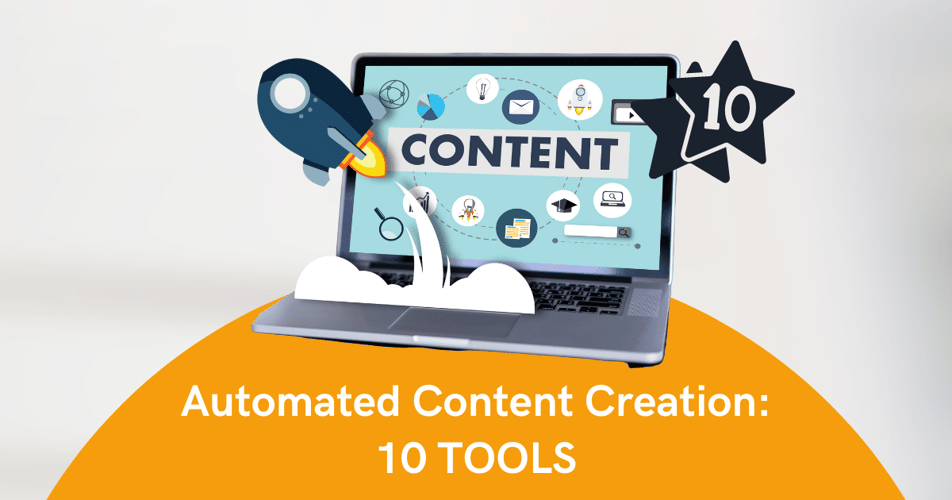
Auto-Updating Copy
Automated Content Creation: How it Works + 10 Tools [2025]
What is automated content creation, how does it work and what are the benefits? Learn more about the 10 most helpful tools.



